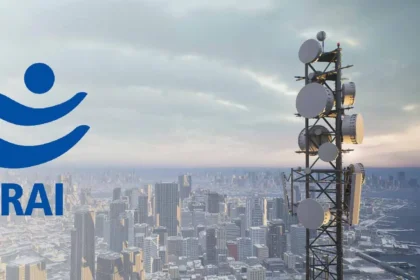Billionaire Elon Musk’s satellite internet venture, Starlink, will be capped at 20 lakh connections in India, according to Union Minister of State for Telecom, Pemmasani Chandra Sekhar. Speaking on Monday during a BSNL review meeting, the minister emphasized that Starlink’s limited reach and high cost mean it poses no significant threat to existing telecom operators, including state-run BSNL.
“Starlink can have only 20 lakh customers in India and offer up to 200 Mbps speed. That won’t affect telecom services,” the minister stated.
High-Speed Satellite Internet, But at a Cost
Starlink offers high-speed internet through a constellation of low Earth orbit (LEO) satellites and is expected to focus on rural and remote areas where traditional telecom infrastructure is lacking. However, its **pricing—estimated around ₹3,000 per month—**could restrict its appeal to only niche users with specific needs.
Regulatory Approvals and Collaborations
Starlink recently received a green light from IN-SPACe (Indian National Space Promotion and Authorisation Centre) to begin its satcom operations. In June 2025, the company secured licences from the Indian government to offer GMPCS, VSAT, and ISP Category-A services.
Starlink joins OneWeb and Jio Satellite Communications as the third player approved for satellite-based communication in the country. Interestingly, Starlink has formed partnerships with both Airtel and Jio, who will help distribute its services using their existing dealer networks—marking a rare collaboration in an otherwise competitive telecom sector.
No Tariff Hikes for BSNL
The minister also reaffirmed that BSNL, which has completed its 49 network rollout, will continue with a “market first” strategy and has no immediate plans to hike tariffs.
Starlink had been awaiting regulatory clearance since 2022, with national security concerns cited as one reason for the delay. With approvals now in place, the company is expected to finally begin commercial operations in India, albeit within the limitations defined by the government.
While Starlink’s entry may not disrupt the broader telecom market immediately, its presence could be transformative for underserved areas, particularly in regions where laying fiber or towers is not viable.







